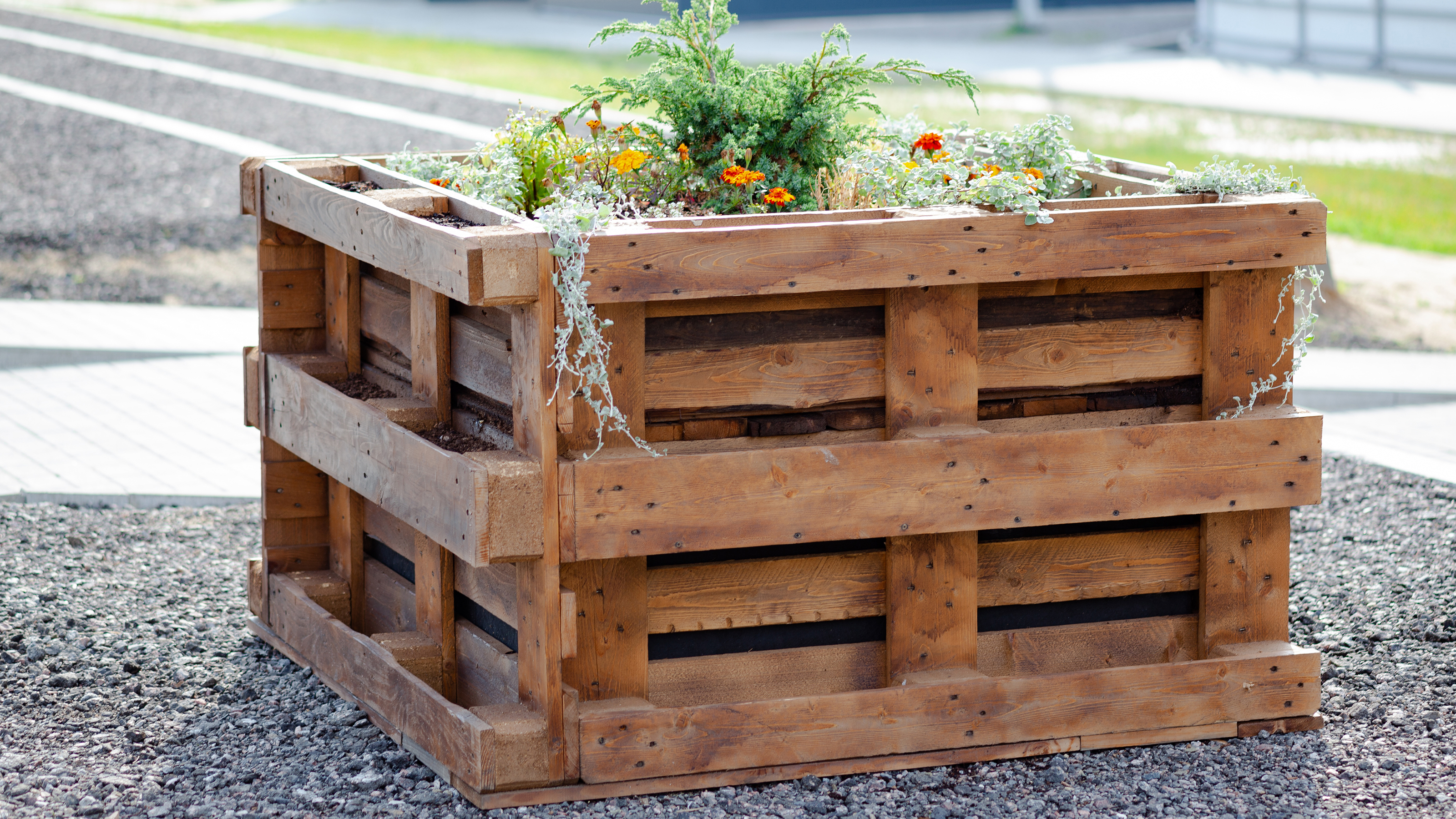How To Build A Raised Garden Bed For Cheap
Raised garden beds don’t have to cost a lot, and can sometimes be built with what’s already available. Read on for ideas.


There are many ways to make a raised garden bed. The cheapest raised garden beds are created using soil mounds to form the border, but there are several other cost effective methods that work well.
DIY raised garden beds serve numerous purposes. They can enhance drainage, warm soil, provide a certain aesthetic, improve the soil in a location, ease access for the gardener, and create a more efficient growing space. Building raised garden beds cheaply is a great way to satisfy these conditions without breaking the bank.
Planning a Raised Bed
Prior to constructing it, consider the size of the bed. This includes calculating the mature size of plants that will reside in the bed or, in the case of vegetable beds, the number of plants you hope to grow at a time.
Along with those considerations, the site itself is the most important. The bed needs to be located where water is handy. Whether you install drip irrigation or plan to hand-water, proximity to a water source is key.
The bed should be in a location that will favor your plants’ sunlight requirements. On average there should be 6 to 8 hours of daily sunlight.
You will also want to look at the tools and materials you have on hand. A raised bed constructed of lumber will require a saw; often you’ll just need a hand saw, but for better cuts and structural integrity, a miter saw and power saw of some kind is best. This leads to your skill set. Do you know how to operate necessary tools and measure properly? Additional tools might be measuring tape, fasteners and a drill.
Using Material in the Land for Cheap Raised Beds
One of the easiest ways to build an elevated plot is by using what is around you. Making a lasagna garden mound, for instance, simply uses existing sod and soil, combined with newspaper or cardboard. Line out the area for the bed and flip over the existing grass so the roots are pointing upward. Lay moistened newspaper or cardboard over this and top with any available compost or soil. In just a few months, the materials will all have broken down, leaving wormy, rich soil. This doesn’t have a defined border, but the gardener can opt to erect a barrier around the mound. Even simpler, just mound soil to the height you require.
Gardening tips, videos, info and more delivered right to your inbox!
Sign up for the Gardening Know How newsletter today and receive a free copy of our e-book "How to Grow Delicious Tomatoes".
Often a property has rocks, which can also be an inexpensive way to build a raised bed border. Install good soil in the interior of the structure. Logs may also be used, although they will break down in time. Hugelkultur, or building a bed from rotting logs and plant debris, also results in a raised bed. This is a layered situation of logs and other organic material which has no specific border.
How to Build a Structured Raised Bed
Cheap raised beds may rely upon purchased, thrifted, or found materials. Cinder blocks are sturdy and tough and, as a border, they are ever lasting. Bricks are another excellent choice for making a border. A lumber lined raised bed is attractive and very traditional. However, lumber will degrade over time, making it necessary to replace the edges of the bed in several years.
Before you begin, line out the size of the bed. Spray paint, twine, or stakes all make excellent border indicators. Weed the area and if you want to, install weed barrier fabric. Then construct the frame. For a lumber frame, use fasteners that are long enough to penetrate into 2 pieces of wood.
A raised bed should be filled with rich organic soil. If necessary, amend the fill soil with compost or other organic addition. The height of a raised bed will vary depending upon its purpose. For vegetables, 8-12 inches (20-30 cm) is the minimal depth. For landscape plants and bigger vegetables, the bed will probably need to be deeper to accommodate mature roots. The bordering material may be painted or left natural, depending upon your aesthetic.

Bonnie Grant is a professional landscaper with a Certification in Urban Gardening. She has been gardening and writing for 15 years. A former professional chef, she has a passion for edible landscaping.